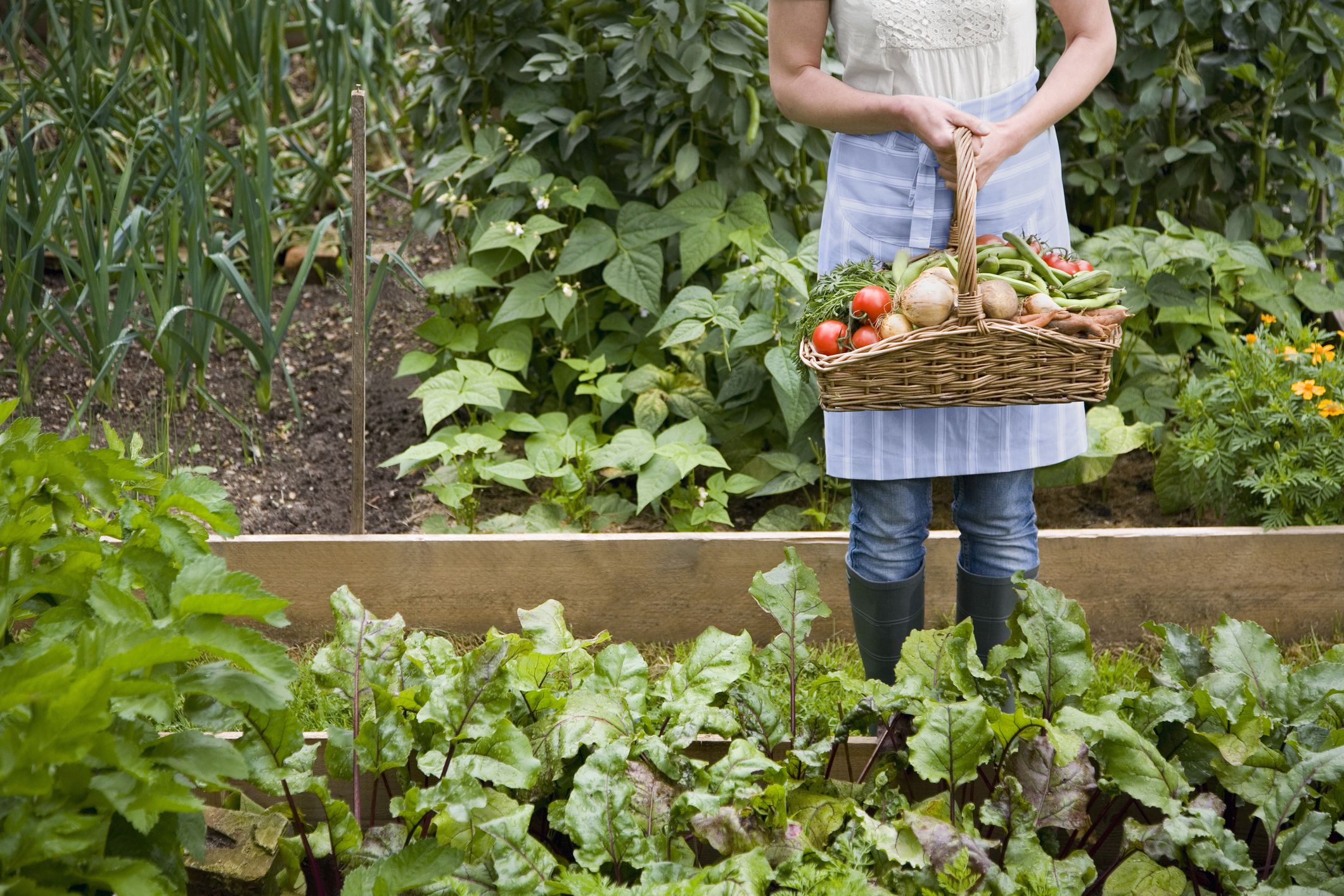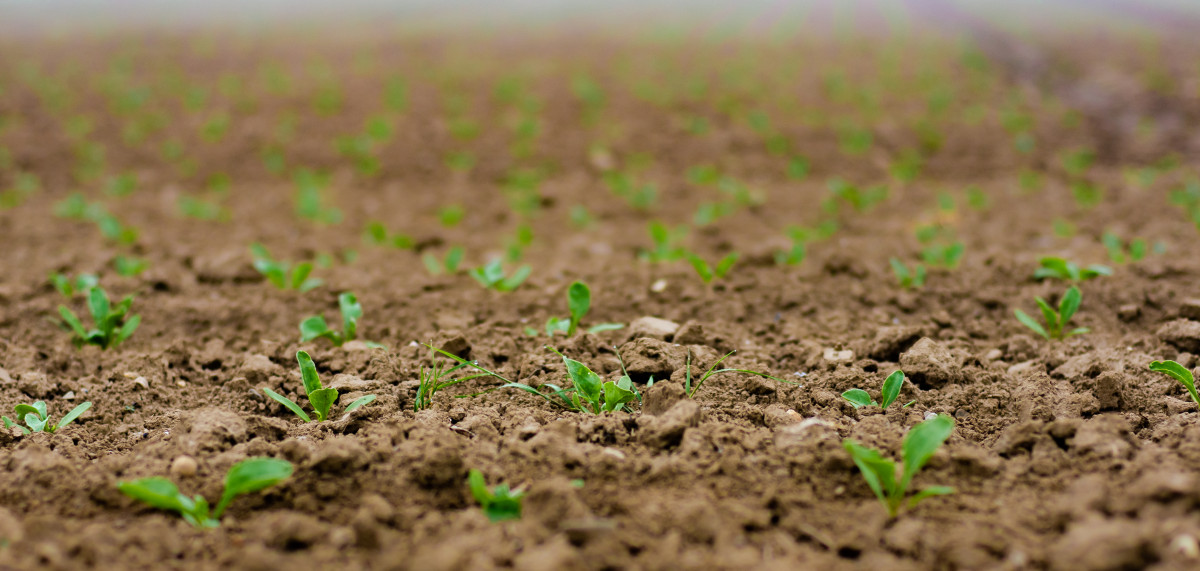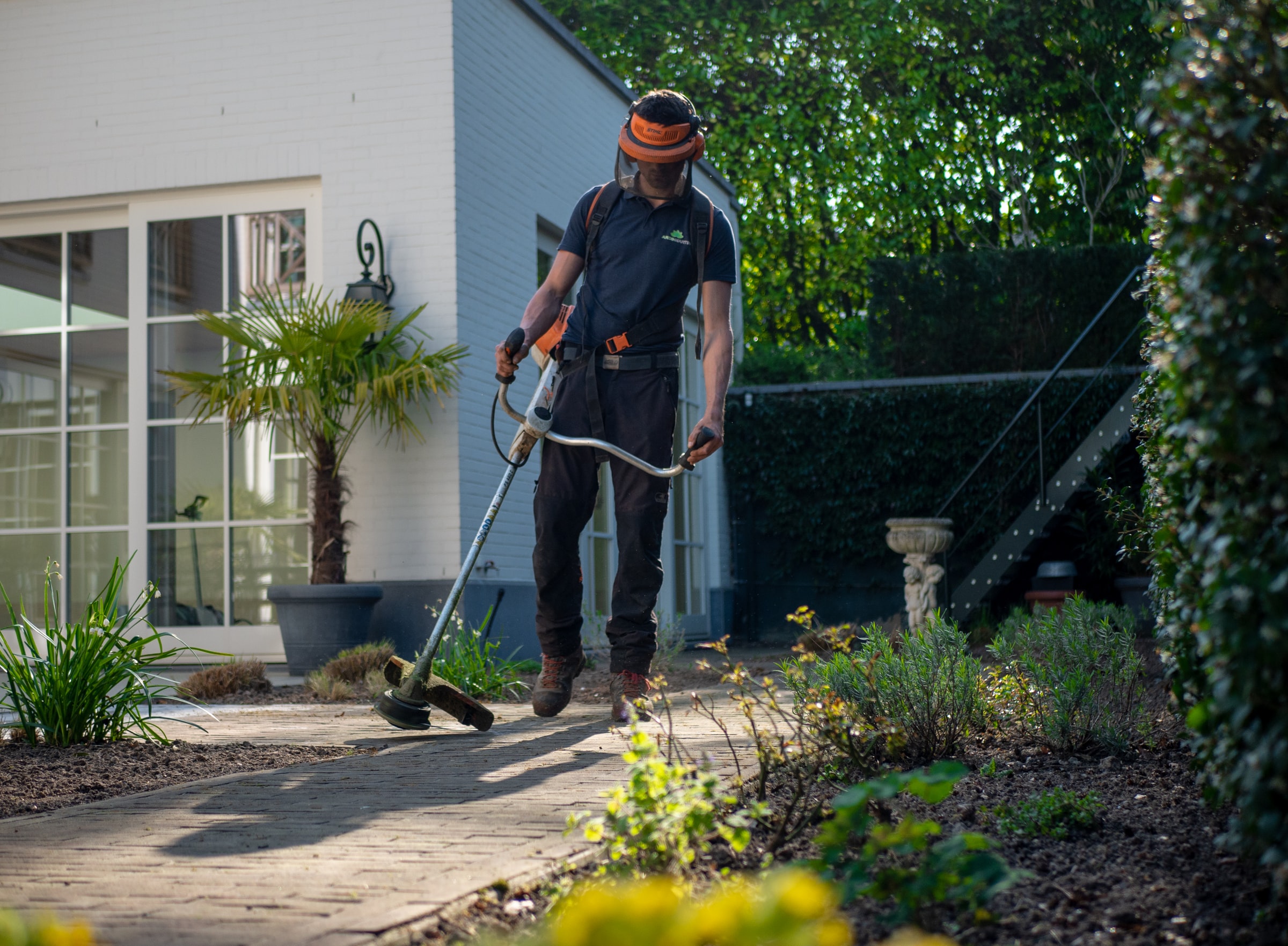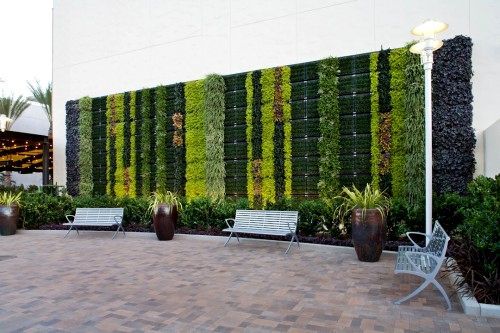How to Lay Mulching Fabric: A Practical Guide
Taming Weeds and Promoting Growth
Hey there, gardening enthusiast! Tired of battling stubborn weeds that threaten to take over your garden? Looking for an effective way to boost the growth of your beloved plants? Well, you’re in luck because we’ve got just the solution for you – mulching fabric. In this comprehensive guide, we’ll walk you through the process of laying mulching fabric like a pro. Say goodbye to pesky weeds and hello to healthier, thriving plants!
Understanding the Power of Mulching Fabric
Before we dive into the step-by-step instructions, let’s take a closer look at what mulching fabric is and why it’s a game-changer for your garden:
The Mulching Fabric Advantage
Mulching fabric is not your ordinary garden cover. Unlike solid black plastic film, mulching fabric is designed to allow water and air to penetrate while still keeping those relentless weeds at bay. It comes in various widths, making it versatile for different garden sizes and layouts. Here’s why it’s a must-have:
- Boosted Plant Growth: Mulching fabric retains moisture and creates a favorable environment for your plants to flourish.
- Weed Warrior: It’s the ultimate weed deterrent, saving you hours of backbreaking weeding.
- Low Maintenance: Once in place, it reduces the need for constant upkeep.
Ideal Situations for Mulching Fabric

Mulching fabric comes to the rescue in two specific scenarios:
- Planting Large Areas: When you’re dealing with extensive garden spaces, especially for hedges, manually mulching each plant can be a daunting task. Mulching fabric simplifies the process.
- Taming Slopes: Traditional mulches like bark tend to slide down slopes when rainwater runs off. Mulching fabric stays put, making it perfect for sloped areas.
Step-by-Step Guide to Laying Mulching Fabric
Now, let’s get down to business and explore the steps to efficiently lay mulching fabric:
Step 1: Choose Your Mulch Film
There are two primary types of mulching fabric on the market:
- Woven Polypropylene: Opt for a fabric with anti-UV treatment and the highest possible grammage (weight per square meter) for durability.
- Biodegradable Plant-Based Fabrics: These eco-friendly options, such as jute or hemp, decompose over time, improving soil quality. They also offer a more natural look.
Step 2: Prepare the Ground Before Laying Mulching Fabric
To ensure your mulching fabric works effectively, prep the soil beforehand:
- Spade or aerate the soil, leveling it and removing stones and clods.
- Add compost if needed.
- Smooth the soil surface with a rake.
Step 3: Unroll the Mulching Fabric
Lay the mulching fabric on the prepared surface, using a cutter to trim any excess fabric. Leave an additional 20 cm on all sides beyond the area to be mulched. If necessary, use two lengths of fabric side by side, allowing for a 20 cm overlap and securing them with mulchcloth staples.
Step 4: Anchor the Mulching Fabric to the Ground
Depending on your surface:
Case 1: Flat Surface
- Stretch the mulchcloth tightly and secure it along the edges with mulchcloth staples, spacing them 25 cm apart.
- Bury the fabric at the edge for added security.
Case 2: Sloping Surface
- Start by securing the fabric at the top of the slope.
- Mark a 15 cm-deep trench about 5 cm from the fabric’s edge.
- Bury the fabric’s edges in this trench while pulling it taut (this is where having an extra pair of hands comes in handy).
- Reinforce the anchorage with staples perpendicular to the fabric’s length.
- Secure the fabric at the bottom of the slope in the same manner.
Step 5: Slit the Mulch Cloth and Plant
When it’s time to plant:
- Use a cutter to create a cross-shaped incision large enough for planting.
- Fold the incised edges outward.
- Dig the planting hole and place your plant.
- Compact the soil around the plant and water generously.
- Bring the incised edges of the liner up against the soil.
- Secure with one or more mulchcloth staples to prevent the fabric from catching the wind.
Additional Materials for Installing Mulch Film:
- Special lawn staples
- Spade
- Compost
- Cutter
- Rake
- Spade fork
- Grelinette
- Sledgehammer
- Tiller
- Watering can (without a knob)
There you have it, eh! You’re now equipped with the knowledge and skills to make the most of mulching fabric in your garden. Say farewell to relentless weeding and hello to thriving plants. Happy gardening! 🌱🍃



